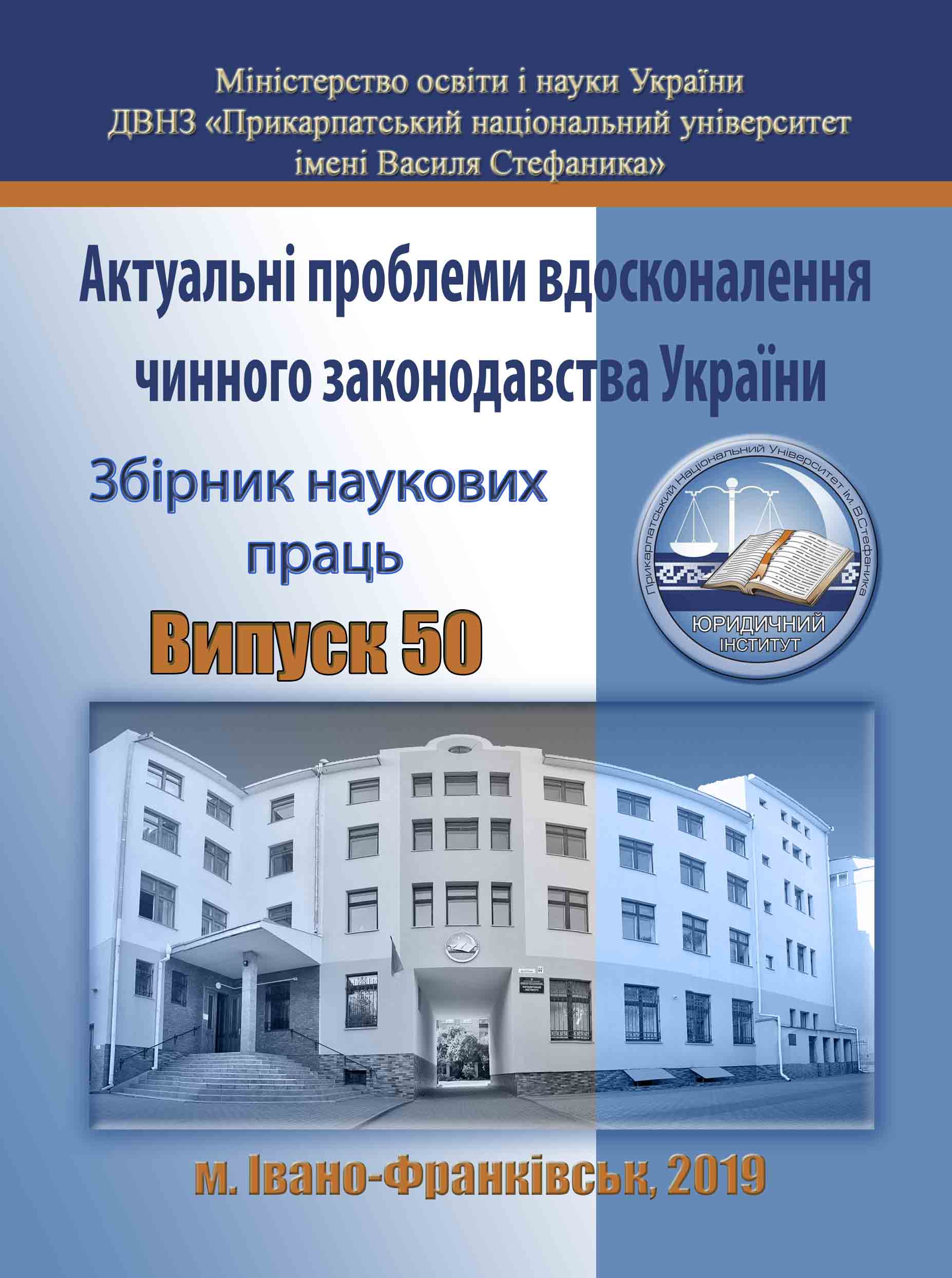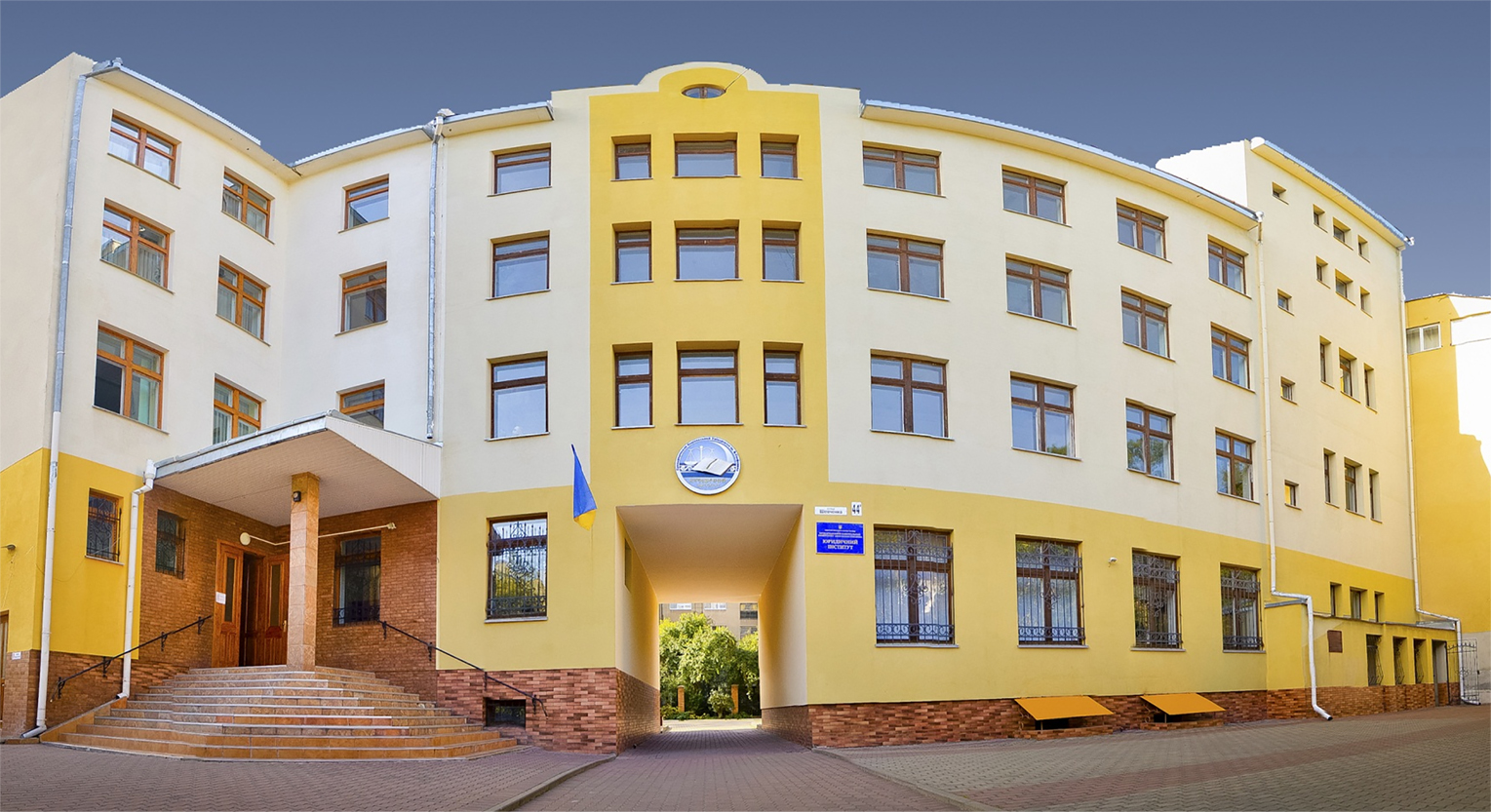Information Security Of Estonia: Experience For Ukraine
DOI:
https://doi.org/10.15330/apiclu.50.26-38Keywords:
information security, cyber security, information infrastructure, personal data.Abstract
The article deals with features of information security in the Republic of Estonia. It is noted that the main factors that have helped to increase the level of information security in Estonia are the developed information infrastructure, effective cybersecurity policy and reliable protection of personal data. Cybersecurity depends on a combination of cybercrime, provision of critical infrastructure and e-services, and national defense.
In the area of personal data protection, it is reasonable to create a private data market where companies and researchers propose to submit a date of use and license / lease / sale related to offers or license, lease, sell or withdraw their data from use.
Analyzing the experience of the Republic of Estonia in information security, there are several factors that have become the basis for the creation of a secure information environment. First, only a comprehensive information policy enables the security of enterprises, institutions, organizations and the state as a whole.
Secondly, Estonia has made every effort to ensure cybersecurity (as a component of information security) and has created favorable conditions for the arrival of foreign IT companies with significant capital and innovation.
Third, in the context of information security, considerable attention in Estonia is given to the protection and use of personal data, which is carried out as transparently as possible, using digital signatures and encrypted messages.
Practical recommendations for Ukraine’s acquisition of Estonia’s information security experience are provided. We believe that raising the level of information security will help a number of the following activities: 1) Create a working group with the involvement of international experts to develop the concept of information security and regulatory support for its activities 2) Ensure the creation of a single national electronic information resource in the concept of information security. 3) Enter a unique national ID for the individual. 4) Create a single secure web portal for electronic services with the possibility of creating electronic offices of individuals for receiving administrative services. Keywords: information security, cybersecurity, information infrastructure, personal data.


